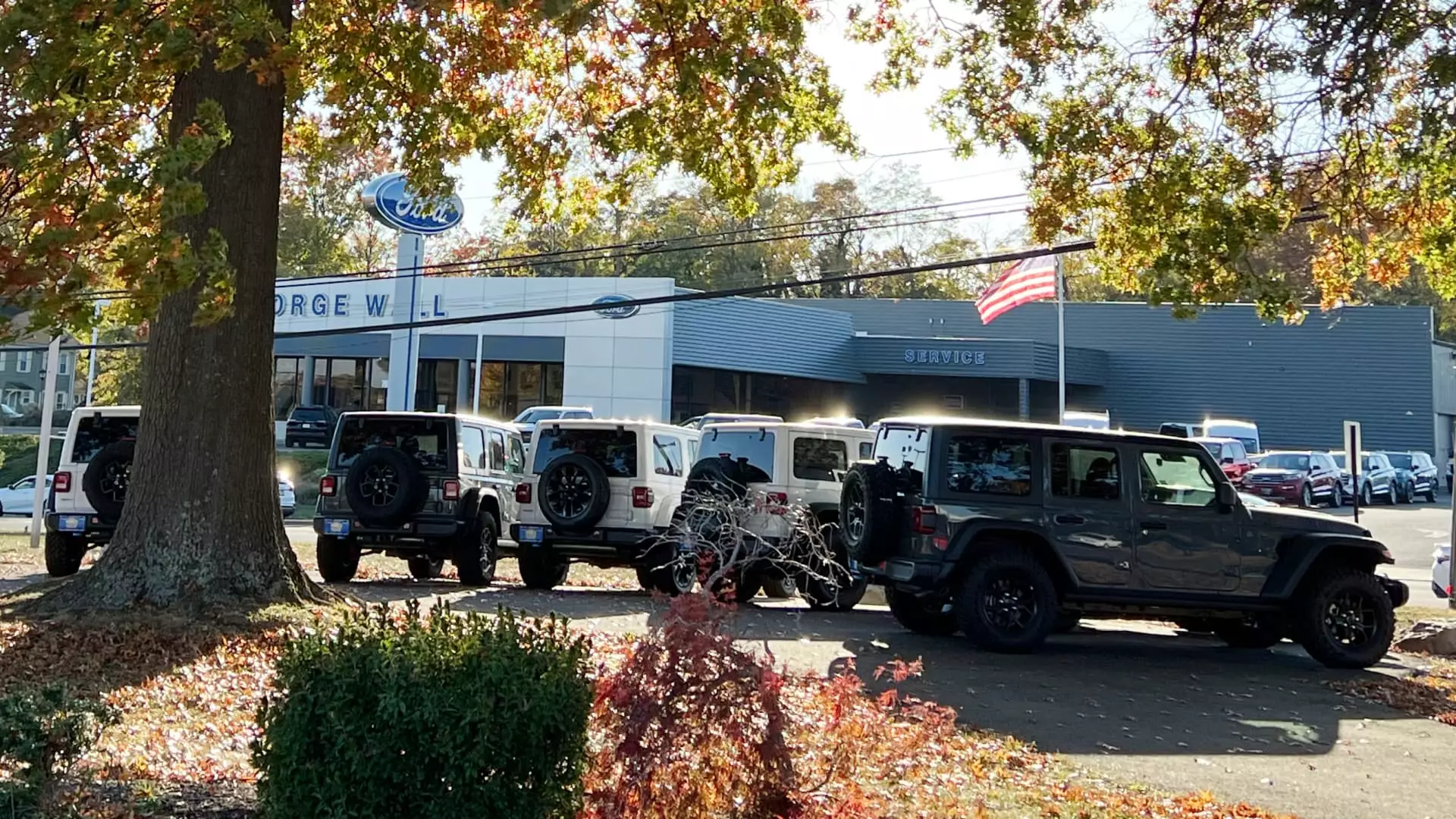Reflecting on my teenage years, the excitement of purchasing my first car remains vivid. It was a modest Toyota Tercel, fresh from the lot with barely a few hundred miles clocked in, all for the princely sum of under $10,000. Fast forward three decades, and I find myself facing an entirely new reality as my daughter approaches her 17th birthday. Eager to recreate the joyous experience of car ownership, I had assumed she could manage to contribute to the cost of a reasonable pre-owned vehicle. However, upon diving into today’s car market, I quickly learned that nostalgia can easily be overshadowed by stark realities.
The used car market has undergone a seismic shift over the past few years, driven largely by a series of supply chain disruptions and soaring demand. Recent reports suggest that the average listing price for used vehicles eclipses $25,000—a staggering increase that demands consumers take a hard look at their purchasing power. Previously, vehicles priced under $30,000 were not just common; they were considered a viable option for entry-level buyers. These days, however, that figure feels like a relic of the past. In fact, only a meager 0.3% of new vehicles sold can be found for less than $20,000, an alarming drop from 8% five years prior.
It’s easy to blame inflation or economic fluctuations, but even a casual observer will notice the increasing integration of advanced technology in vehicles. Features once considered luxuries, such as touch screens, 360-degree cameras, and heated seats, have now become standard, consequently inflating prices across all vehicle segments.
When my daughter expressed her desire for a Jeep, I sensed both excitement and apprehension; the iconic Jeep Wrangler has long been revered for its durability, yet its prices remain inflated. A recent study analyzing over 2 million vehicles indicated that a decade-old Wrangler still commands an average price of around $23,381. For a family looking for something more current—especially with modern safety features and improved fuel efficiency—the reality is that even older models entail substantial ownership costs, including insurance.
In undertaking our search, we initiated efforts through multiple online platforms like Cars.com and Carvana. While these tools have indeed democratized the search process, the high price tags persisted, driving us to rethink our strategy. After much deliberation, we pivoted toward checking inventories at local dealerships, where the inventory fluctuated more dynamically and occasionally presented hidden gems.
On a quest for a suitable vehicle, we finally stumbled upon two promising 2021 Jeep models at a dealership not far from our home. Yet, even at the dealership, the atmosphere felt vastly different from my experiences years ago. Prices were more transparent, making it difficult for buyers to negotiate and secure any substantial discounts. While dealerships still provide incentives—thanks to the competitive nature of their market—the overwhelming access to information has made sellers hesitant to undercut prices significantly.
Shifting gears, one tactic we found beneficial was exploring financing options. The average interest rate on used car loans has surged to approximately 8.21%. However, possessing a good credit score can dramatically increase the likelihood of securing a more favorable rate. Navigating this financial landscape with a sharp focus ultimately enabled us to negotiate some additional savings, managing to trim several fees we initially overlooked.
Despite our efforts, we ultimately ended up spending more than we had initially budgeted for. This underscores a crucial lesson for anyone contemplating the current used car market: financial planning must account for the reality of insurance costs, especially for a newly licensed teenage driver. As my daughter prepared to take the leap into car ownership, I couldn’t shake the nagging feeling that the landscape has irrevocably changed—and not necessarily for the better.
To encapsulate this experience, one vital takeaway emerges: navigating today’s car-buying environment requires resilience, flexibility, and a truthful assessment of one’s financial capabilities. The charm of buying a simple first car is still alive, but its form and expectations have transformed, compelling both new and seasoned buyers to adapt to a new age in automotive economics.

